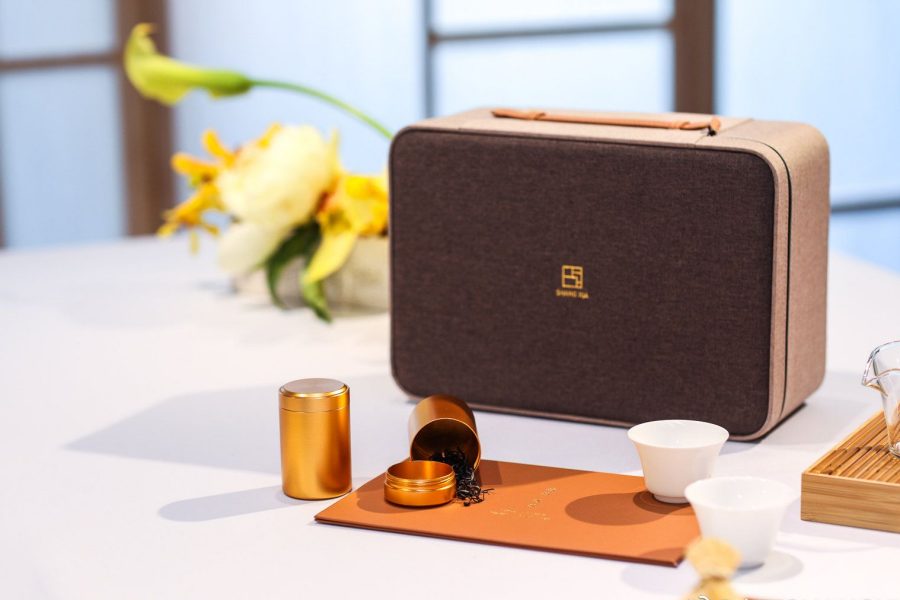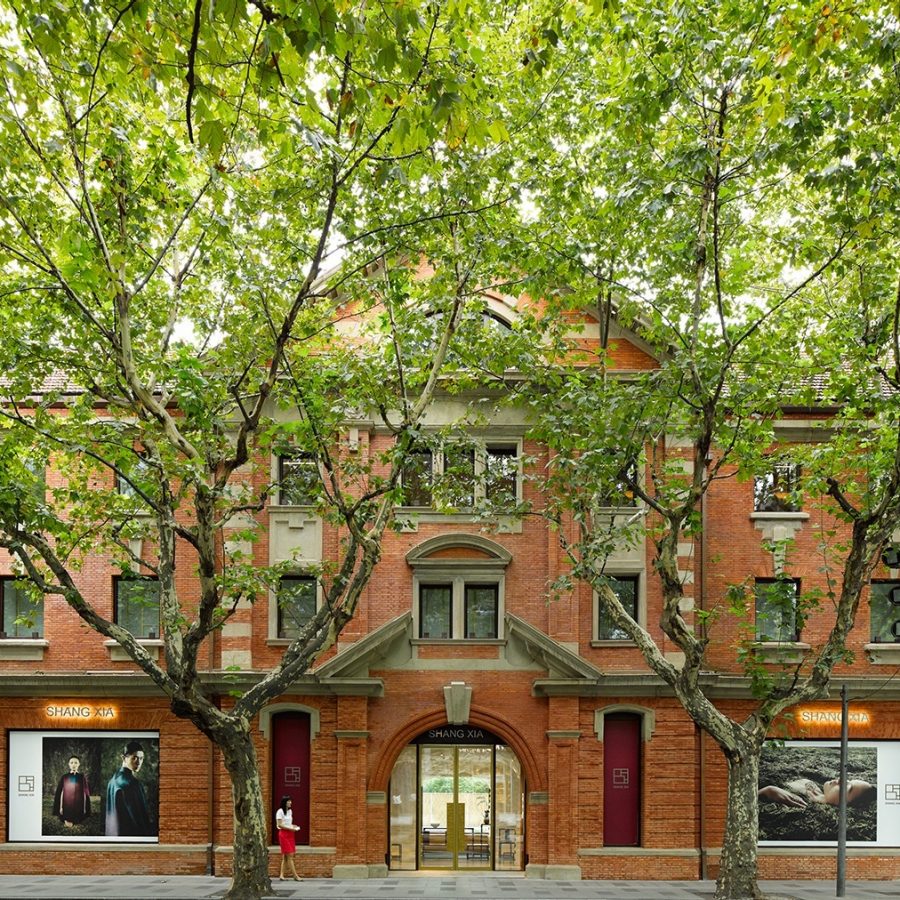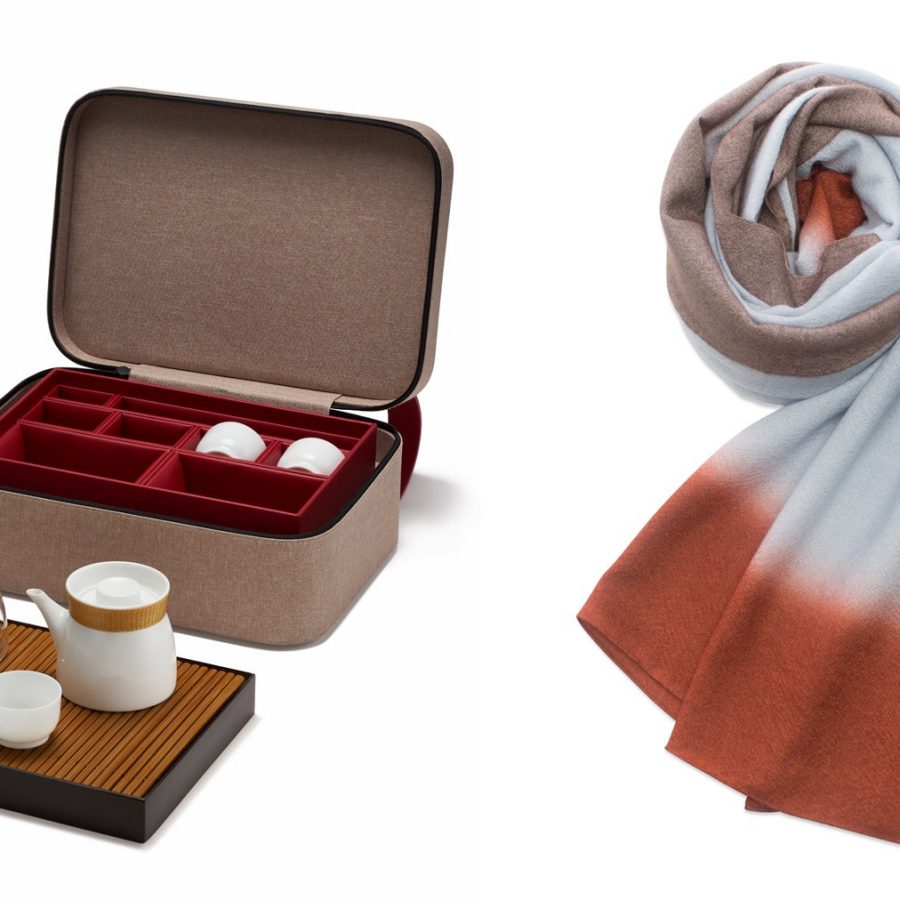Luxury brand Shang Xia is redefining the 'Made in China' label


Credit: Shang Xia
Your fashion house, Shang Xia, has just celebrated its 10th anniversary. What have been your proudest achievements so far?
When we opened Maison Shang Xia in Shanghai in 2010, the brand was like my newborn baby. Now, it has grown into a 10-year-old child with a very strong identity. One thing that I’m always proud of is our brand ethos – translating Chinese culture and traditional craftsmanship into a modern global context – which has remained constant since the beginning. Some of our products are now part of the collections of world-class museums, include the British Museum in London and Paris’ Musée Guimet .
Shang Xia was founded in partnership with Hermès. How does the relationship work?
Though we operate as two independent brands, Shang Xia and Hermès share the same philosophy: celebrating the heritage of craftsmanship of our respective countries and combining that with innovative, contemporary design. For Shang Xia, it’s also about redefining what ‘made in China’ means to the rest of the world.

Credit: Jiang Qionger
You work with craftsmen from around the region. How does that inform your products?
Every year, I travel across China and Asia to meet different craftsmen – many of whom have been honing the same craft their whole lives – for new inspiration. For instance, there’s this Sichuanese bamboo weaver who’s been making animal figurines with delicately thin bamboo strips – by hand – for years. Together, we developed a new weaving technique to add a bamboo ‘coat’ to a white porcelain tea set, which functions as a sleeve to insulate the heat. This then became Shang Xia’s Bridge teaware collection.

What’s next for the brand?
As the world becomes more globalised, Eastern and Western aesthetics are becoming more and more similar. People now favour simple, timeless designs that transcend cultural boundaries. We see Shang Xia as a long-term project: we hope to connect past traditions with today’s world, and then carry it on for the generations to come.
Hero image: Courtesy/Jiang Qionger
Shanghai travel information
- China – the Chinese Mainland, Hong Kong SAR, Macao SAR and Taiwan Region
- Hong Kong SAR - English
- Chinese Mainland (China) - English
- Taiwan, China - English
- 香港特別行政區 - 繁體中文
- 中国內地 - 简体中文
- 中國台灣 - 繁體中文
- Africa
- South Africa - English
- Asia
- Bangladesh - English
- Korea - English
- Singapore - English
- Cambodia - English
- 한국 - 한국어
- Sri Lanka - English
- India - English
- Malaysia - English
- Thailand - English
- Indonesia - English
- Maldives - English
- ประเทศไทย - ภาษาไทย
- Indonesia - Bahasa Indonesia
- Myanmar - English
- Vietnam - English
- Japan - English
- Nepal - English
- Việt Nam - tiếng Việt
- 日本 - 日本語
- Philippines - English
- Australasia
- Australia - English
- New Zealand - English







